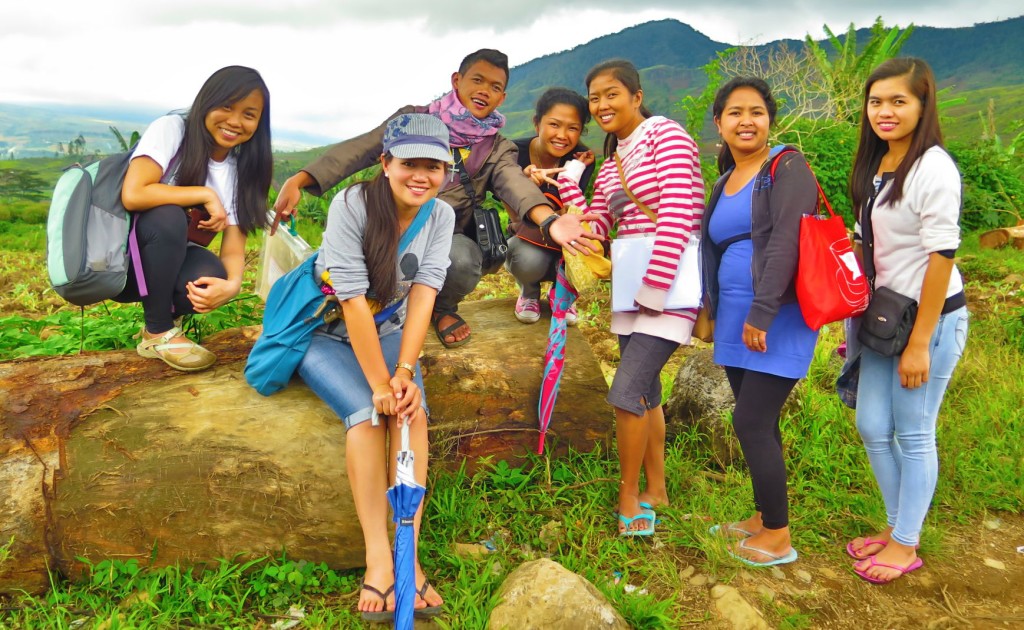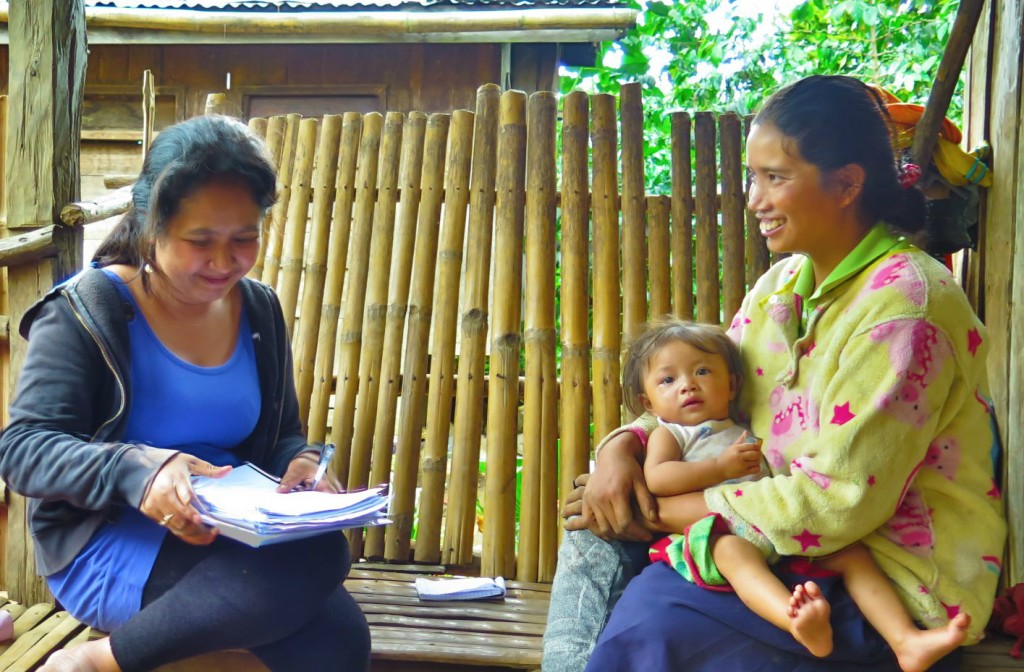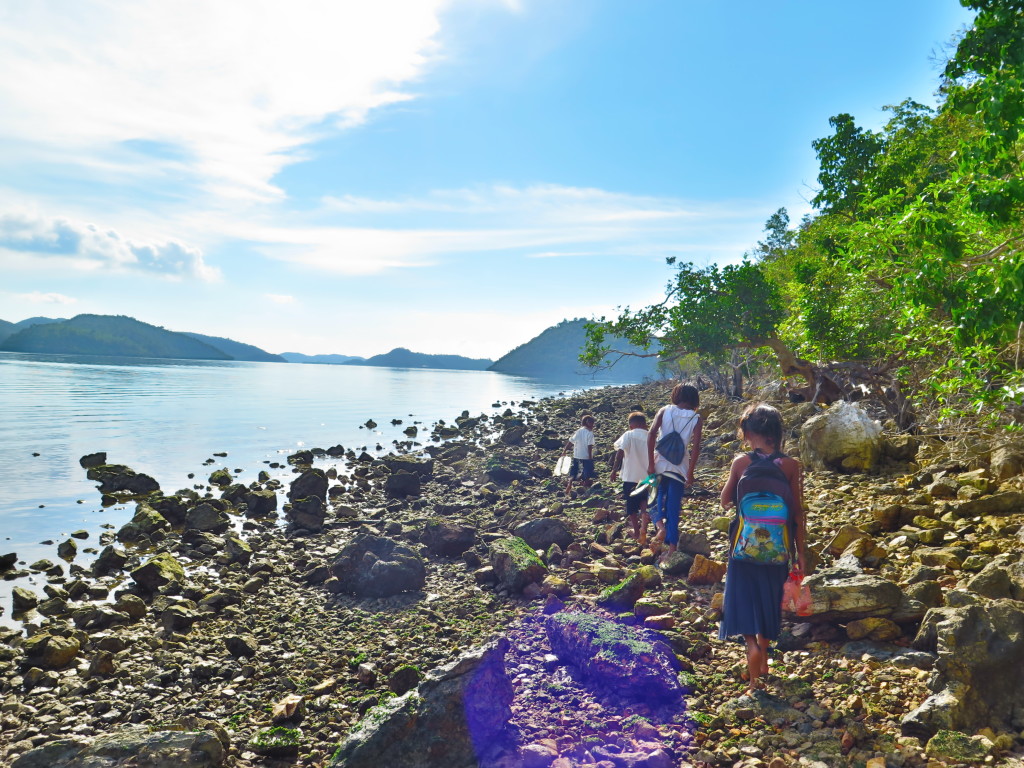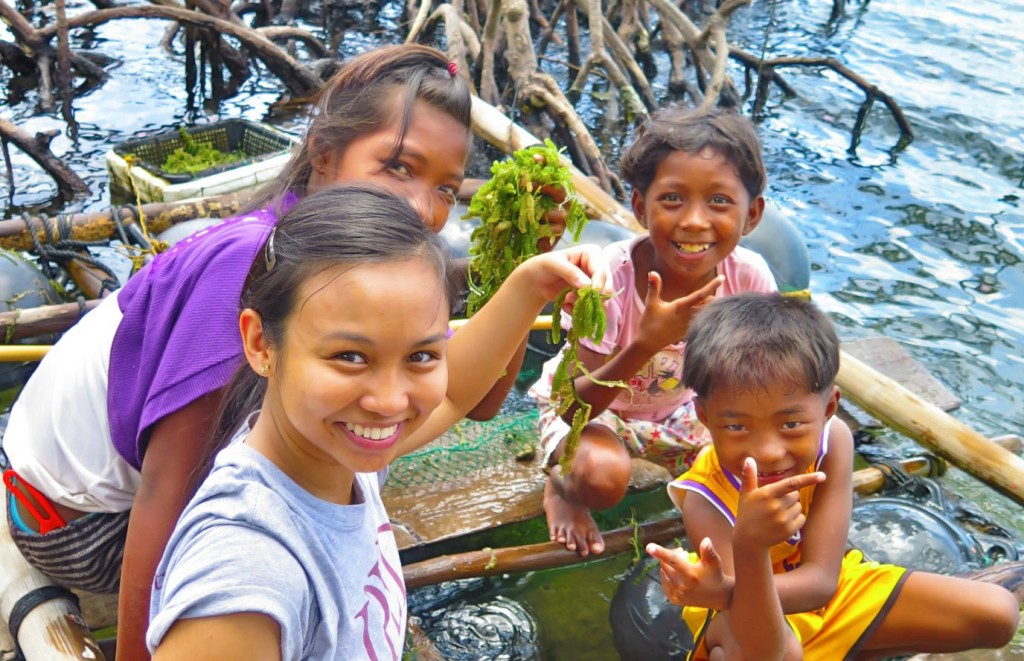Measuring Impact, Gaining Insight

by Camille Dominique Tacastacas
“Children born in the margins embrace their situation and surf the waves crashing their way. All the more should this embolden development workers to serve them with only their very best.”
From May to June 2015, I travelled around the Philippines to work on an impact evaluation research project with Cartwheel Foundation, Inc. I had just capped off my spring semester at Fordham University in New York as a Masters student in International Political Economy and Development. It was timely to begin interweaving my learning in the classroom with real-time work on the field.
The trip was not only an academic opportunity; it also was a homecoming of many sorts. I had the wonderful opportunity of returning to Culion, Palawan, where I worked as a Jesuit Volunteer from 2012 to 2013 for Cartwheel’s Early Childhood Education (ECE) Program. I still consider that year with the Tagbanua Indigenous Peoples (IP) one of the most pivotal and edifying experiences of my life.
I was also able to travel to Cartwheel’s birthplace: Miarayon, Bukidnon in Mindanao. There, in a Talaandig community at the foot of Mt. Kitanglad and Mt. Kalatungan, Cartwheel began its first partnership with an indigenous community in 1999.
None of this would have been possible without the Research Fellowship from Cartwheel Foundation International. As a field researcher, I was tasked to design and implement an evaluation plan to measure and understand Cartwheel’s impact in both Culion and Bukidnon. I have Dr. Subha Mani, my Development Economics professor at Fordham, as research mentor.
The Fieldwork
In both indigenous communities, I had the invaluable support of a team of Research Assistants (RAs), of the community leaders, and of Cartwheel staff.
The RAs in Miarayon, Bukidnon are themselves Talaandig – some are graduates of Cartwheel’s Young Indigenous Peoples (YIP) Leaders Program. YIP is a college sponsorship program for indigenous youth, whose aim is to develop future IP community leaders.
After four intensive days of data collection, our team was able to gather insights from Cartwheel’s preschool program learners, adult literacy program graduates, and YIP graduates. Survey data collected from all of Cartwheel’s program beneficiaries is supplemented by key informant interviews of the tribal chieftain, the barangay captain, and Cartwheel’s very first teachers. The research will culminate in an impact evaluation report measuring and describing the outcomes of Cartwheel’s partnerships with the Talaandig community of Miarayon, a partnership that lasted from 1999 to 2007.
On the one hand, the research in Culion posed a different research question: How effective has Cartwheel’s ECE Program been in increasing Tagbanua children’s literacy and cognitive ability? Are Cartwheel students advanced, on the same level of, or delayed when compared to their peers? It has been three years since Cartwheel began its work in Culion, and I was interested to see the short-term outcomes.
As a way to benchmark the growth of Cartwheel’s students, our research team tested other Tagbanua children in various school settings all over Culion; we used the same cognitive and literacy test that the Cartwheel students also took. Parents of Cartwheel and non-Cartwheel students were also surveyed and interviewed, to allow us insight into each household. With over 250 data points collected in a span of two weeks, the RAs in Culion have been a remarkable force in moving the research objectives forward.
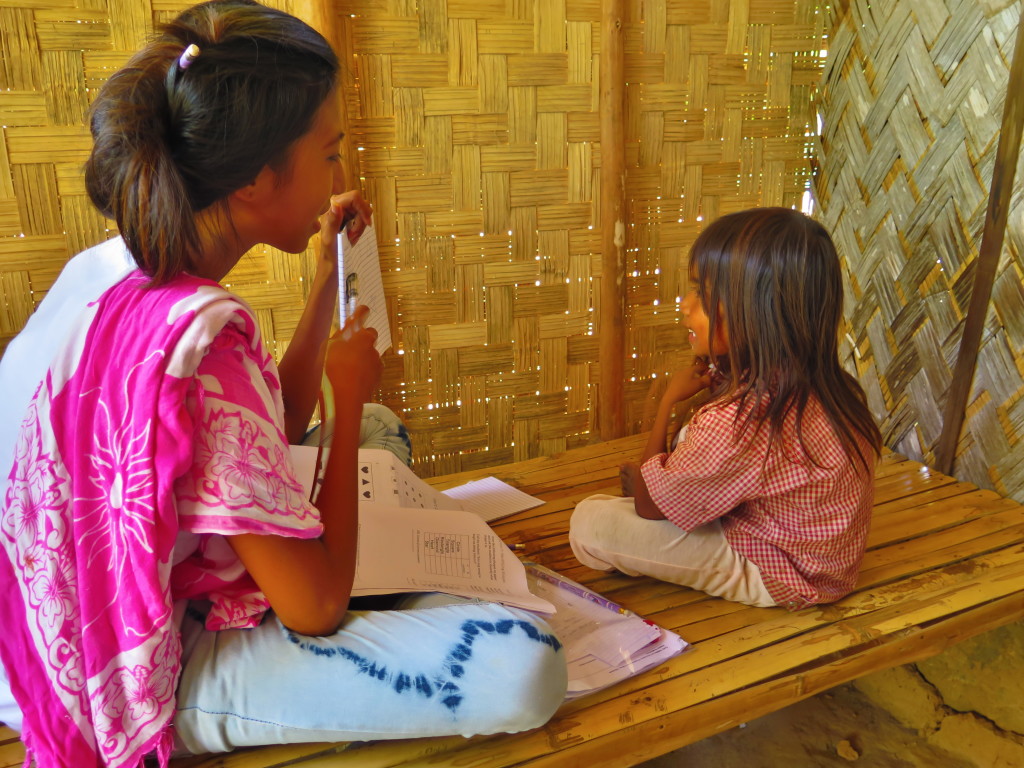
A research assistant guides a Tagbanua young learner through a series of cognitive and literacy tests in Sitio Cagait, Culion
Aside from answering the research questions, I will also look at how different family situations affect learning outcomes of Tagbanua children and produce research briefs out of my observations.
The Heart of Indigenous Communities
Beyond the research technicalities, my time on the field gave me a clear reminder of why I want to pursue development work. Engaging with communities, especially with the Talaandig of Miarayon and the Tagbanua of Culion, left me with a toolbox of life lessons and heart-warming memories.
When our research team in Miarayon planned for a “Thank You” gathering, I had a simple salu-salo in mind. However, the RAs had a better plan.
They organized an entire program with games and presentations. They allotted time to allow community members to express their heartfelt messages for all of Cartwheel’s work in Miarayon. Even though it has been some years ago, the community continues to remember: the story telling with Lola Lourdes (Miarayon’s first Cartwheel teacher) under a tree, the children being allowed to draw as they wish and express their creativity, and the parents being grateful for college sponsorships that carved opportunities for their children. Now, many of Miarayon’s college grantees have returned and work as teachers and community leaders.
And when, in the effort of reaching out to as many Tagbanua children in various school settings and islands in Culion, I met four brave children. They are between the ages of 4-9, and they walk for a total of 1 hour and 30 minutes each day, barefoot on rocky shores, to attend school. The children are at the mercy of the tides, of typhoons, and of large class sizes. One can say that children born in the margins embrace their situation and surf the waves crashing their way. All the more should this embolden development workers – in education, health, livelihood, peace-building, and many other domains – to serve children and communities in the peripheries with only their very best.
Onwards
I am now working on data analysis for the research. The raw data itself speaks volumes of the great work the Cartwheel staff and teachers have done in the last years.
In Culion, some of the children who, two years ago, were eager to read but were struggling, can now read, spell, add, and subtract. The landscape of literacy is gradually changing in Cartwheel’s partner communities. The children know it and they are proud of what they can now do. To this day, the look of wonder in the eyes of an eight-year old indigenous child learning to read for this first time fuels and affirms my decision to take on this career path.
There is a pressing need to measure any organization’s impact on any operation and with any community. It has been an immense source of blessing to be able to do this for Cartwheel. As at the same time, I am reminded that our work is a circle of gratitude: as we measure outcomes and impact, we tune in to realize that the communities have changed us for the better, too.

